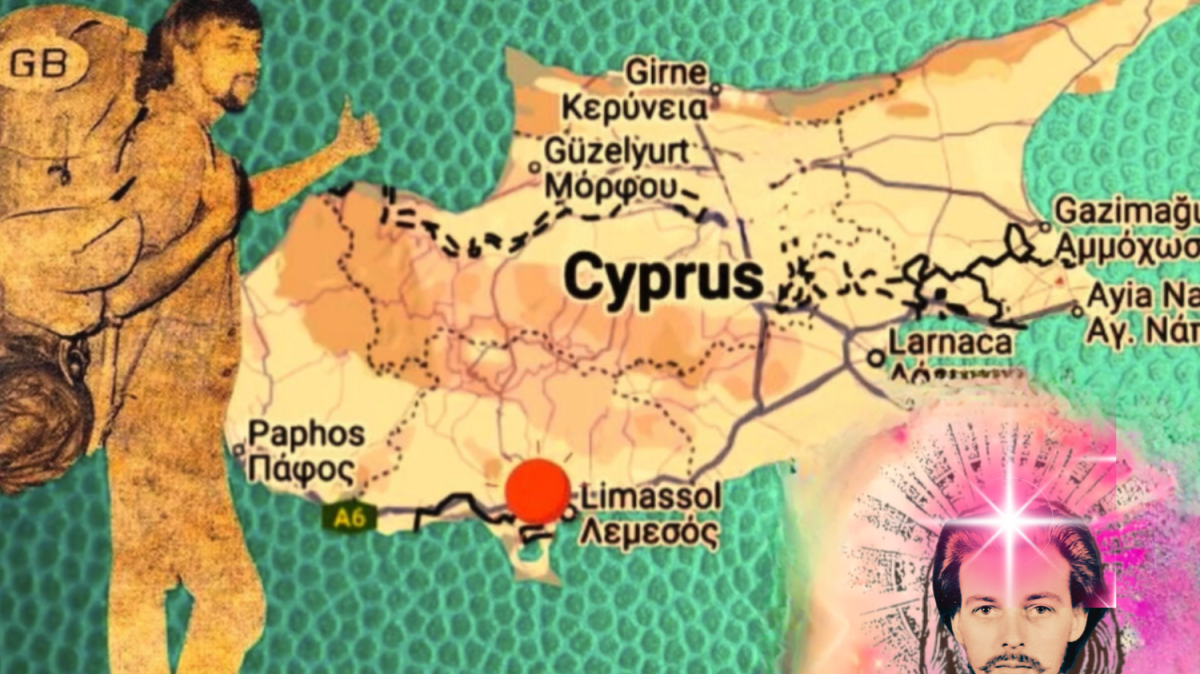Early Life and Illness
Born around 1342, Julian lived through a period characterized by significant hardship, including the Black Death, which ravaged Europe in the mid-14th century. This pandemic not only caused widespread death but also instilled fear and uncertainty within communities. Amidst this backdrop, Julian experienced a severe illness that she believed would lead to her death.
In her visions, Julian encountered Christ’s suffering on the cross in vivid detail. She described seeing Jesus’ blood flowing and his body enduring immense pain. These graphic depictions were not merely for shock; they served to illustrate the depth of God’s love for humanity. Julian’s reflections emphasized that God does not remain distant from human suffering but instead enters into it profoundly. She articulated that through Christ’s passion, believers can find solace in knowing that God understands their pain intimately.
Julian’s theology revolves around the idea that suffering is an integral part of the human experience and can lead to deeper love and understanding. She famously wrote about three wounds she desired: true contrition for sin, loving compassion for others, and a longing for God. These wounds reflect her belief that genuine love involves sharing in both joy and suffering with others.
Julian’s life was spent largely in seclusion as an anchoress—a woman who withdraws from society to devote herself to prayer and contemplation. Despite her isolation, she became a spiritual counselor to many who sought her wisdom during times of distress. Her writings continue to resonate today as they address fundamental questions about suffering, divine love, and hope.











